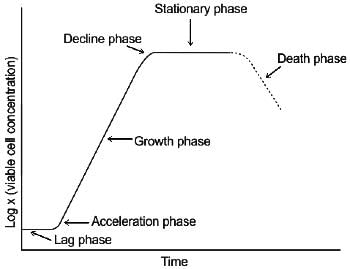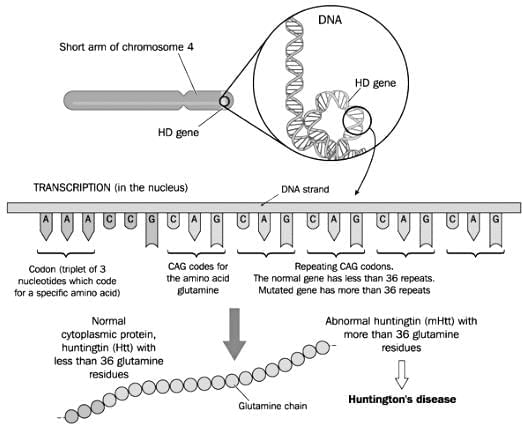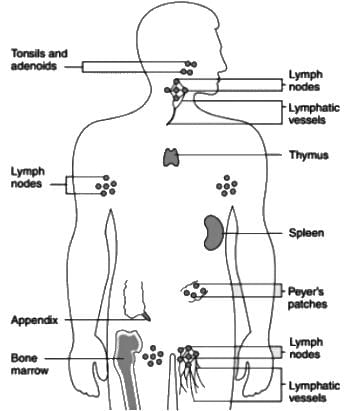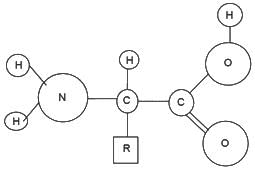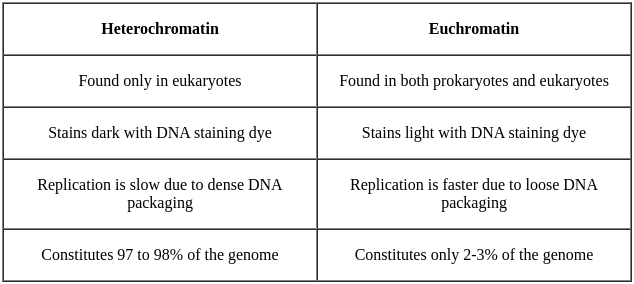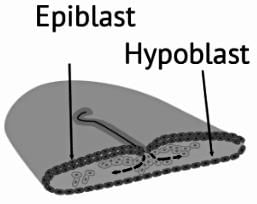CUET PG Zoology Mock Test - 2 - CUET PG MCQ
30 Questions MCQ Test - CUET PG Zoology Mock Test - 2
Following statements are with reference to oogonia. Which of these is incorrect?
According to 2014 IUCN Red List, which of the following vertebrate classes has the largest percentage of threatened species?
Which of the options correctly matches the proteins involved in transcription (Column A) with the DNA binding domains they carry (Column B)?
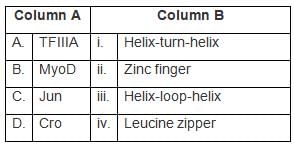

Given below are larval stages and phylum to which they belong. Select the INCORRECT combination
In a sucrose density gradient, what is the order of organelle sedimentation from lower to higher concentration of sucrose?
Which of the following molecule is NOT found in the Eosinophilic granule ?
Some behaviour patterns appear only after a specific developmental stage or time. This stage/time is called :
Match List-I with List-II
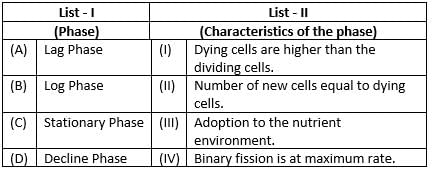
Choose the correct answer from the options given below:
The process of synthesis of glucose from a non-carbohydrate source is called:
In the following columns, certain terms and their descriptions are given in random order.
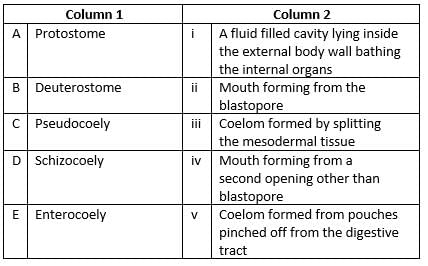
Which of the following combination gives correct match for the terms in column I from column II
Which of the following disease in humans, is caused due to expanded microsatellite repeats?
The following is the list of steps, involved in the transfer of bacterial DNA by generalized transduction. Which option represents the correct sequence of steps?
(A) Packaging of host genomic DNA fragment, into P1 phage head.
(B) Injection of DNA of transducing particle, into bacterial host.
(C) Injection of P1 phage DNA, into bacterial host.
(D) Release of transducing particle, into bacterial host.
(E) Fragmentation of host genomic DNA, by phage-encoded endonuclease.
Choose the correct answer from the options given below:
Being a medical science student, in your very first anatomical investigation of a female body, arrange the order of appearance of following organs of immunological importance, in anterior to posterior direction in the body.
(A) Thymus
(B) Adenoids
(C) Peyer's patches
(D) Spleen
Choose the correct answer from the options given below:
The increasing order of pKa of the following amino acids in aqueous solution is:
Gly, Asp, Lys, Arg
Which one of the following combinations represents the major protein or protein complex involved in chromatin condensation in yeast and human, respectively?
Select the correct statement about the membrane transport -
(A) Channel proteins form open pores, through which suitably sized molecules/ions can cross the membrane.
(B) Carrier proteins selectively bind specific molecules, and transport them across the membrane by undergoing a conformation change.
(C) Transport of molecules across membranes, through channel proteins and carrier proteins, always involves active transport.
(D) Small uncharged molecules can diffuse freely, through the phospholipid bilayers.
Choose the correct answer from the options given below:
Which of the following statements are INCORRECT?
(A) Many animals with protostome development, undergo spiral cleavage.
(B) Flat worms exhibit, radial symmetry
(C) Ray-finned fishes are also called Sarcopterygians.
(D) Lophophore is a crown of ciliated tentacles, that function in feeding
Choose the correct answer from the options given below:
Sequentially arrange the following steps involved in blood clot formation -
(A) Conversion of fibrinogen to fibrin
(B) Conversion of prothrombin to thrombin
(C) Adhesion and aggregation of platelets on damaged vessels
(D) Prothrombinase formed by extrinsic or intrinsic pathway
(E) Reduction of blood loss by initiation of a vascular system
Choose the correct answer from the options given below:
Match List-I with List-II
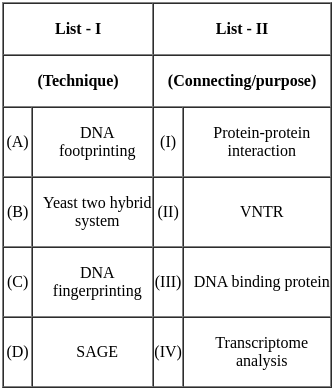
Choose the correct answer from the options given below:
Which of the following protected areas are declared Tiger Reserves in India?
(A) Bandipur
(B) Bhitarkanika
(C) Manas
(D) Sunderbans
(E) Kaziranga
Choose the correct answer from the options given below:
Microorganisms that produce antibiotics are unaffected by the same antibiotic.
One of the mechanism to explain this is -
Which two embryological structures together form the bilaminar disc?
Match the RNAs in Group I with their corresponding function in Group II

Which one of the following statements is TRUE for positive-frequency dependent selection?
Which of the following is NOT a premating mechanism of isolation?
Given below are a few statements regarding the rate of glycolysis, gluconeogenesis and glycogen metabolism.
A. Increased blood glucose would decrease gluconeogenesis and increase glycogen synthesis.
B. Increased levels of fructose-1, 6-bisphosphate inhibits glycolysis.
C. Increased blood glucagon inhibits glycogen synthesis and stimulates glycogen break down.
D. Increase in AMP levels inhibits glycolysis and stimulates gluconeogenesis.
Which one of the following options represents INCORRECT statements?
Consider the following statements regarding the Cell organelles:
- Microtubules help in the spindle and astral ray formation during cell division and form the cytoskeleton of cilia and flagella.
- Golgi apparatus helps in the recycling of broken plasma membrane during endocytosis.
- Rough Endoplasmic Reticulum is involved in fat and steroidal hormone synthesis.
Which of the statements given above is/are correct?



